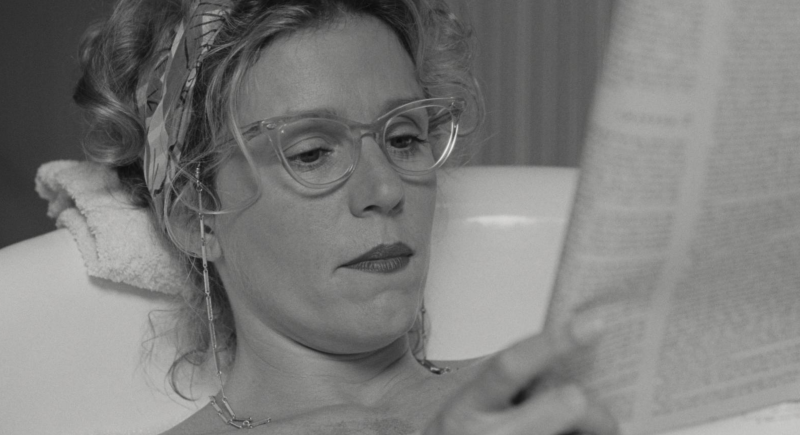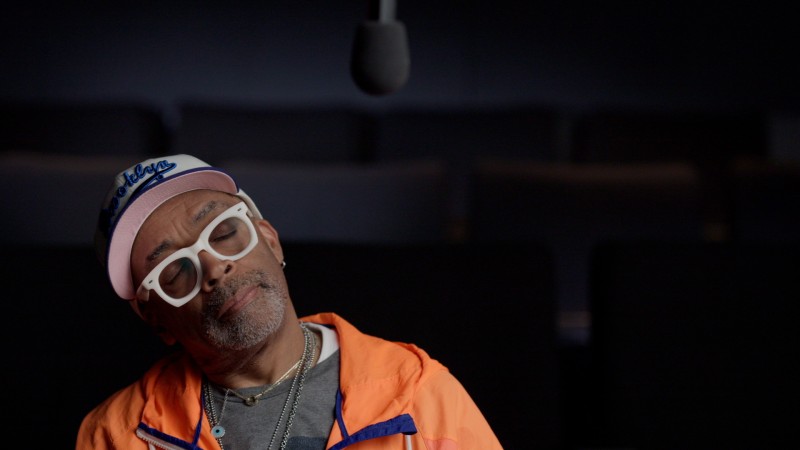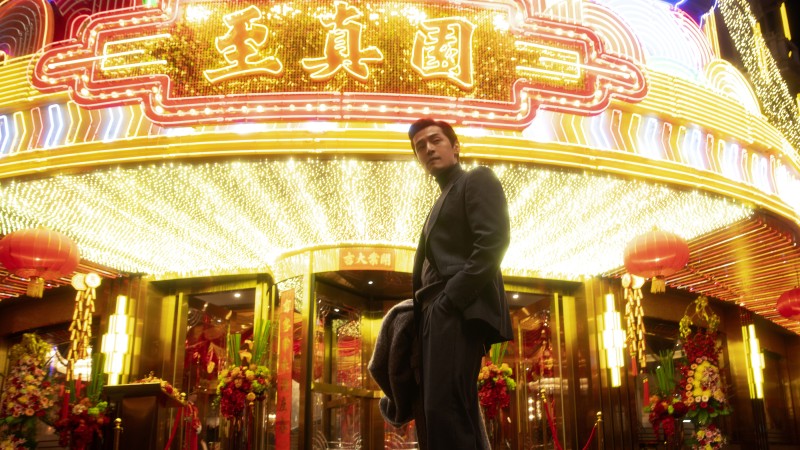Cinema Pugilistica: A Century of Boxing on Film

Cinema Pugilistica: A Century of Boxing on Film
What would the movies be without boxing? Think of all they might have missed: kinetic elegance and face-crunching brutality, showboating machismo and tender male camaraderie, the artfully oblique montage of Raging Bull and the throat-catching despair of John Huston’s Fat City. The bombastic chants of “Ali, bomaye” and the menacing pond scum of The Set-Up, who break Robert Ryan’s hands in a back alley. Questions of manhood, violence, exploitation, race, and morality. Hooks, feints, and jabs conveyed by pans, dollies, and jump cuts.
The boxing film, in all its iterations, is woven tightly around American culture, twentieth-century politics, and the expanding technological capacity of the motion-picture camera. The first Edison kinetoscopes arrived just as the modern sport of boxing was taking shape in the U.S., with bare-knuckle underground fights giving way to legalized, commercialized combat made more palatable by gloves in the early decades of the movies. An 1897 advertisement for one of the longest boxing pictures yet made—a four-reel heavyweight fight between Gentleman Jim Corbett and Bob Fitzsimmons—demanded that crowds come to witness “the two greatest novelties of the present century.” That would become an understatement as the decades rolled on—neither boxing nor cinema turned out to be mere novelties. Thomas Edison described Corbett—long before he was played by Errol Flynn in Gentleman Jim (1942)—as “the oldest living film star.” These stories and personalities would be entwined in a genre that swung in with the rise of Dadaism, sparred the earliest forms of American film censorship and the horror of Jim Crow, was clipped by anti-Communist witch hunts, and accompanied filmic innovations like the invention of the Steadicam for Rocky (1976).
This common history begs the question: which came first, the movie-star prizefighter or the prizefighter movie star? The distinctive physicality of the early-to-mid-twentieth-century pugilist—sturdy, compact, broad across the shoulders but nowhere near the perma-muscled Adonis of the conditioned modern athlete—would bear a striking resemblance to the leading men who found popularity in the 1930s and ’40s: former street kids like James Cagney, with his low center of gravity and fox-eyed menace, or John Garfield, a vaguely potato-faced sort of handsome with a squashed nose. Both, of course, also played prizefighters.
There are Matryoshka nesting dolls of showbiz in boxing, boxing in showbiz: athletes who’ve become bits of pop-culture shorthand, films based on real figures, biopics where fighters even play themselves. This spans everything from a Mike Tyson appearance in The Hangover (2009) to the ongoing Muhammad Ali documentary-industrial complex. Fighters from Primo Carnera to Max Baer and beyond would appear in cameos at the height of their popularity. Cassius Clay, before the name change, has a few moments in the barnstorming POV opener of Requiem for a Heavyweight (1962), hitting the camera like a horse kicking. Maybe the most revealing story is that heavyweight champ Jack Dempsey—one of the most famous men of the 1920s—was once asked by his handlers to get a nose job in order to remain camera-ready for all his promotional work.





